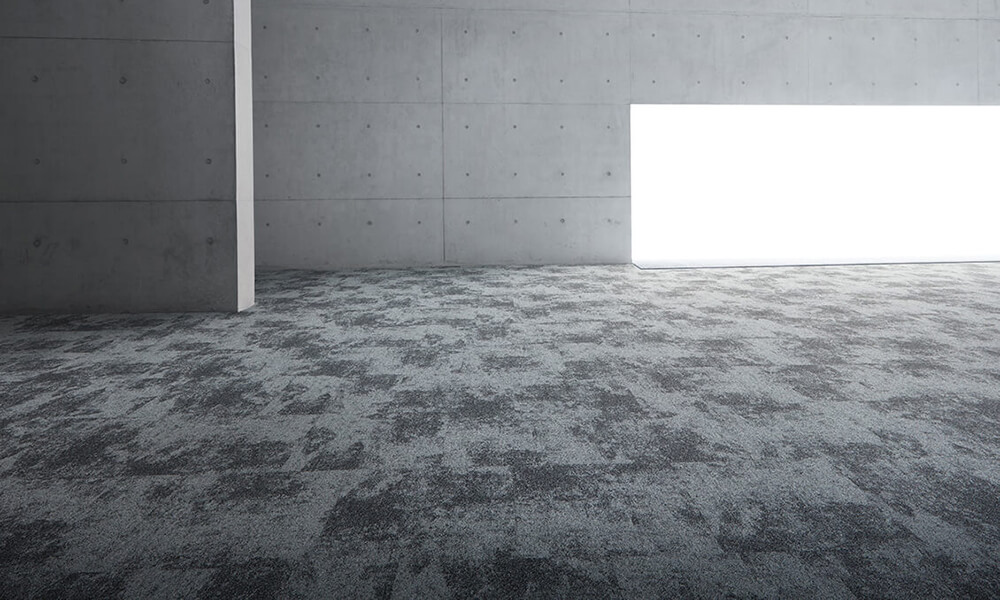
ACOUSTIC UNDERLAY. What does it mean, and why does it exist?
Although we produce and market acoustic underlay, you might not require it. You could reside in a structure that predates the construction codes and is not required to have an acoustic underlay.
How Does Acoustic Underlay Work?
Acoustic underlay is known by several names across the world, including Underlayment for acoustics or acoustics, Rubber mat, soundproof mat, impact mat, resilient underlay, sound control underlayment, and floor underlay. Have a look at: best acoustic underlay
No name is right or incorrect.
It is produced and delivered in individual sheets or rolls that are then put under the final flooring surface or screed and the foundation structure below the floor and ceiling assemblies in a construction.
What Kinds of Flooring Are Used Under It? How is it installed?
Depending on the sort of floor finish that is being used, the underlay is likely to be loosely put on or bonded into place. The general guideline is that the underlay can be laid loosely if the final floor would typically be installed loosely. However, be sure to confirm this with your flooring and underlay supplier.
Acoustic underlay is often loosely applied and taped at the seams for applications under the screed.
To determine how much impact noise the underlay decreases, it should be acoustically evaluated with the floor covering. It cannot be presumed that each 5mm underlay would function similarly to another since not all underlays are made equal.
A high-quality acoustic floor underlay will usually include several test results from the supplier, including:
- Executed in a separate laboratory
- Tested using a build that is similar to the one you are installing
- Validated during the previous 5–10 years
One of the crucial steps when looking for goods to buy, install, or specify is looking at the test results. The credentials of a product’s sustainability would come in second.
Why is there an acoustic flooring underlay?
The acoustic flooring underlay’s main purpose is to lessen the amount of impact noise that enters a floor from things falling, or people walking.
We might become stressed over time in settings that ought to be soothing because of these small, common noises, especially during the calmer hours of the day.
Buildings with good acoustics are more environmentally friendly
If chosen properly, acoustic underlays are the most efficient methods to enhance our indoor living environment and minimize noise intrusions from neighbors.
It has been shown in studies and research that noise interferes with our ability to sleep, and utilizing acoustic floor underlay is only one approach to lessening these disturbances and building settings that are more environmentally friendly. Since this is their field of expertise, we always recommend consulting with a professional acoustic consultant whenever possible. So, remember that an environmentally friendly structure is not just low energy consumption and the use of “green” materials, but also how healthy a location is, whether you are purchasing them, creating, building, or establishing the latest place to live, relax, or recover.


